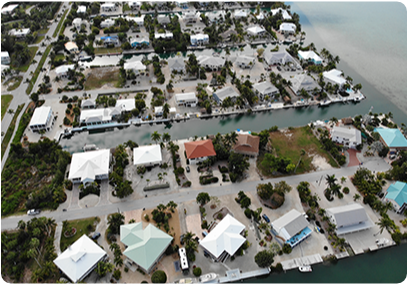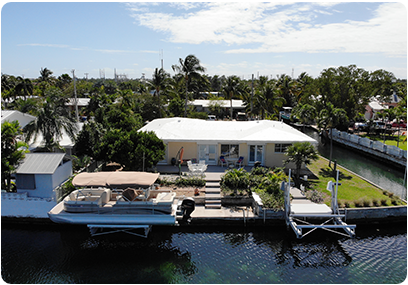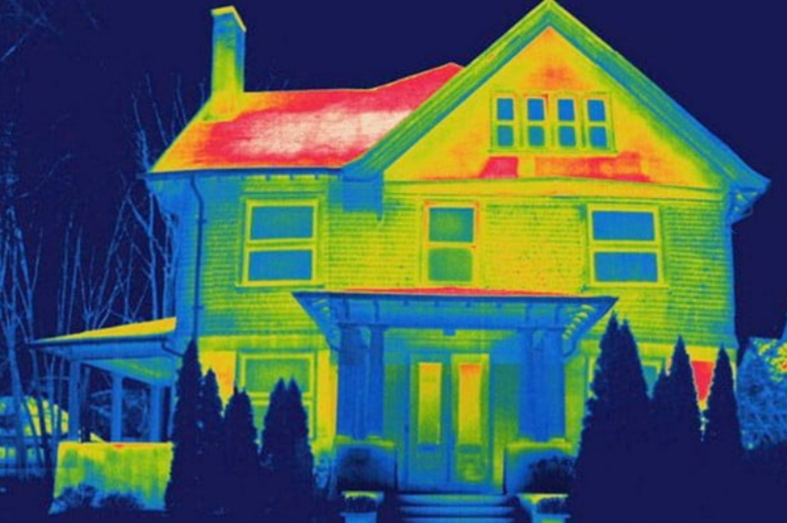DRONE & THERMAL IMAGING
DRONE & THERMAL IMAGING
Showcasing real estate using high-quality aerial imagery does more than just elevate an agent’s marketing aesthetic: data from a recent MLS survey shows that properties sell 68% faster when aerial imagery is used.
These images grab the attention of owners and prospective buyers alike, and agents across the country are scrambling to incorporate aerial imagery into their marketing efforts.



Thermal
Here’s a brief explanation of how thermal imaging works: All objects emit infrared energy (heat) as a function of their temperature. The infrared energy emitted by an object is known as its heat signature. In general, the hotter an object is, the more radiation it emits. A thermal imager (also known as a thermal camera) is essentially a heat sensor that is capable of detecting tiny differences in temperature. The device collects the infrared radiation from objects in the scene and creates an electronic image based on information about the temperature differences. Because objects are rarely precisely the same temperature as other objects around them, a thermal camera can detect them and they will appear as distinct in a thermal image. This technology can be very useful in the home inspection industry . It can be used to detect air conditioning loss around windows and doors, inefficient appliances, water leaks not visible to the naked eye, or many issues in an electrical system.



